Dr Joseph (Josif) Schubert was born as member of the German minority on June 24, 1890, at Bucuresti. After visiting the college of Swiss Engelberg he studied philosophy and theology at Innsbruck, where he also was ordained a priest on July 15, 1916, by Sigismund Waitz, then titular bishop of Civira and afterwards Prince Archbishop of Salzburg. At first, he worked as pastor at Luzern, but in 1918 he returned to Bucuresti, where he also was engaged as chaplain.
In 1949, Alexandru Cisar, who died in prison in 1954, was imprisoned, so he was no longer able to administer his office as Archbishop of Bucuresti. After Dr Anton Durcovici, Bishop of Iasi, led the Archdiocese for a short time as Apostolic Administrator, Joseph Schubert followed him on June 26, 1949. The Holy See appointed him as first Titular Bishop of the 1933 erected Titular See of Ceramussa in Numidia, and on June 30, 1950, Gerald Patrick O’Hara, Bishop of Savannah-Atlanta (U. S. A.) and Regens of the vacant Apostolic Nunciature in Romania, consecrated him as bishop secretly in the nunciature’s chapel at Bucuresti.He was the eighth and last bishop who was consecrated by O’Hara; for his consecrations became public shortly afterwards, the communist government expelled the American prelate.
Yet on February 17, 1951, bishop Schubert was imprisoned during the Stalinist persecutions and only was released on August 8, 1964; Hieronymus Menges (1910 – 2002) worked instead as Ordinarius substitutus as well as special Apostolic Delegate at Bucuresti, before he himself went to jail in 1952. Joseph Schubert was banned to Timisul do Sus monastery without getting the permission to exercise his episcopal or priestly functions. Following the new Ostpolitik, in 1969 the Holy See was able to reach the permission for Mons. Schubert to leave the country.
This permission for the already deadly sick bishop roots to an initiative of the Zurich vicar Peter Wittwer. In a letter dated September 28, 1967, to Archbishop Bruno Bernard Heim, a genuine Swiss who served as Apostolic Delegate in Scandinavia that time, he wrote about Schubert’s fate. Wittwer has visited Mons. Schubert, a former friend of his mother, in Timisul in 1966, where the prelate had asked him for assistance to leave the country to Switzerland or Germany. Having asked a former Swiss federal minister, ecclesiastical authorities as well as the Romanian prime minister without any success before for help, Rev. Wittwer established contact with Archbishop Heim. Immediately on October 9, 1967, the Delegate informed Archbishop Agostino Casaroli about the case and suggested a talk with the Romanian ambassador in Copenhagen or Helsinki. On October 31, Casaroli confirmed the episcopal identity of Mons. Schubert and wrote Mons. Heim about former contacts of the Paris Nunciature for an intervention of the Quay d’Orsay in this matter. For thus talks led to no result, now Heim may work for a solution privately. Archbishop Heim then wrote on January 26, 1968, to Rev. Wittwer that he meanwhile had spoken with the Romanian ambassador, who assured him he would give his request regarding Mons. Schubert to Bucharest. On October 2, 1968, Archbishop Heim wrote to Secretary of State Cardinal Cicognani, the Romanian government had let him known through ambassador George Ploesteanu Schubert now may leave the country to where he wants to. With letter of February 3, 1969, Rev. Wittwer confirmed towards Archbishop Heim that Bishop Schubert did arrive some days before (January 24) at Zurich and meanwhile had travelled to Germany. On February 5, 1969, Bishop Schubert wrote from Munich to Archbishop Heim and informed him that his passport already was emerged on July 11, 1968, but that he got it only after he renounced his Romanian citizenship and after interviews by the Securitate. Responding on February 8, Archbishop Heim urgently asked Mons. Schubert „not to grant any interviews inconvenient for Romania“. In Rome he may speak with Benelli and Casaroli; he certainly would be received by the Holy Father in audience as well.
On February 17, 1969, he indeed was welcomed by Pope Paul VI at Rome; on Good Friday, April 4, of the same year Joseph Schubert deceased at his exile at Munich. There he was buried as the second external prelate – next to Johann Remiger, auxiliary of Prague, who died in 1959 – in the bishop’s crypt in the cathedral of Our Lady.
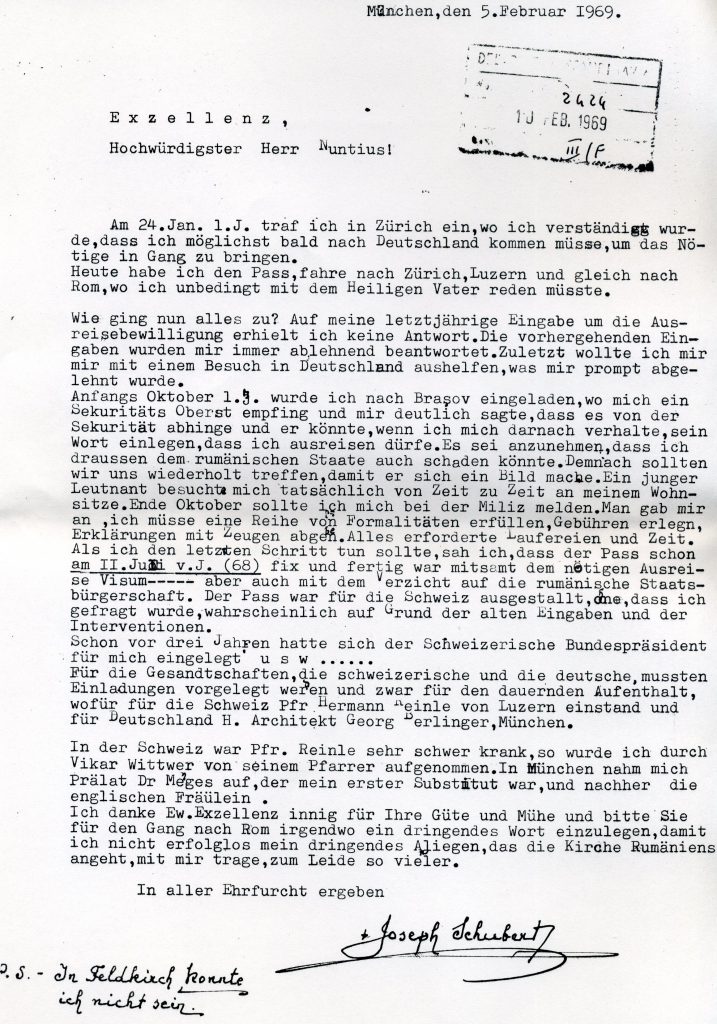
Letter from Bishop Schubert to Archbishop Heim

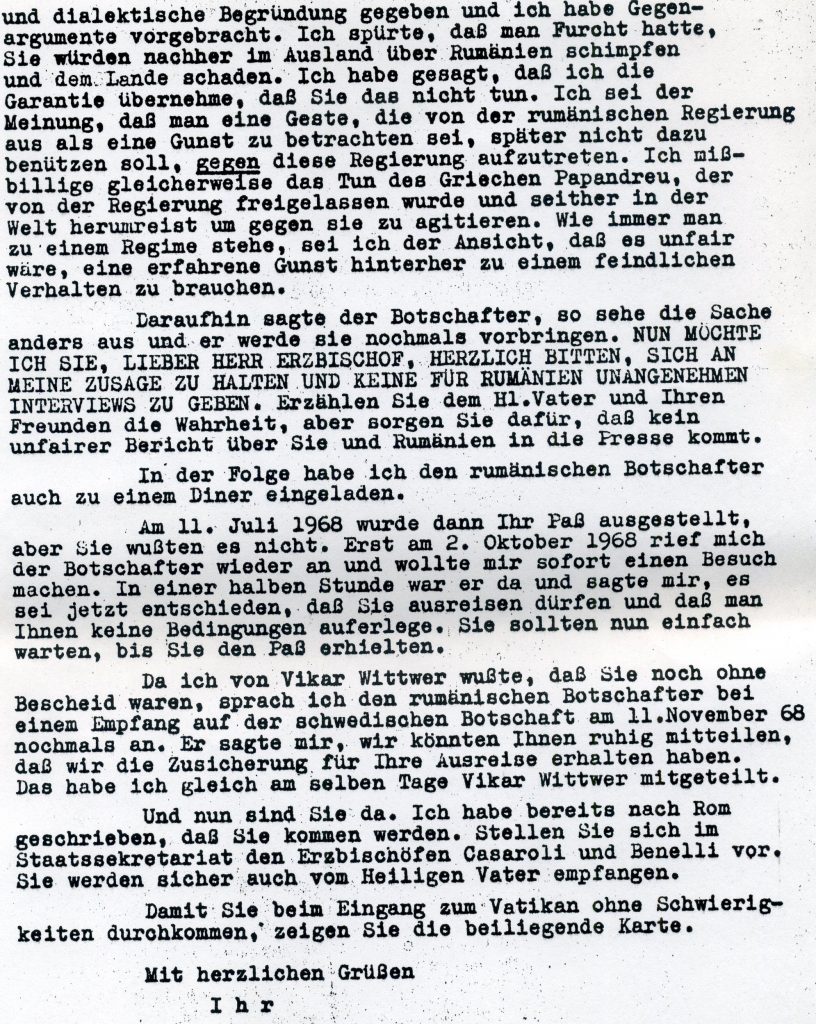
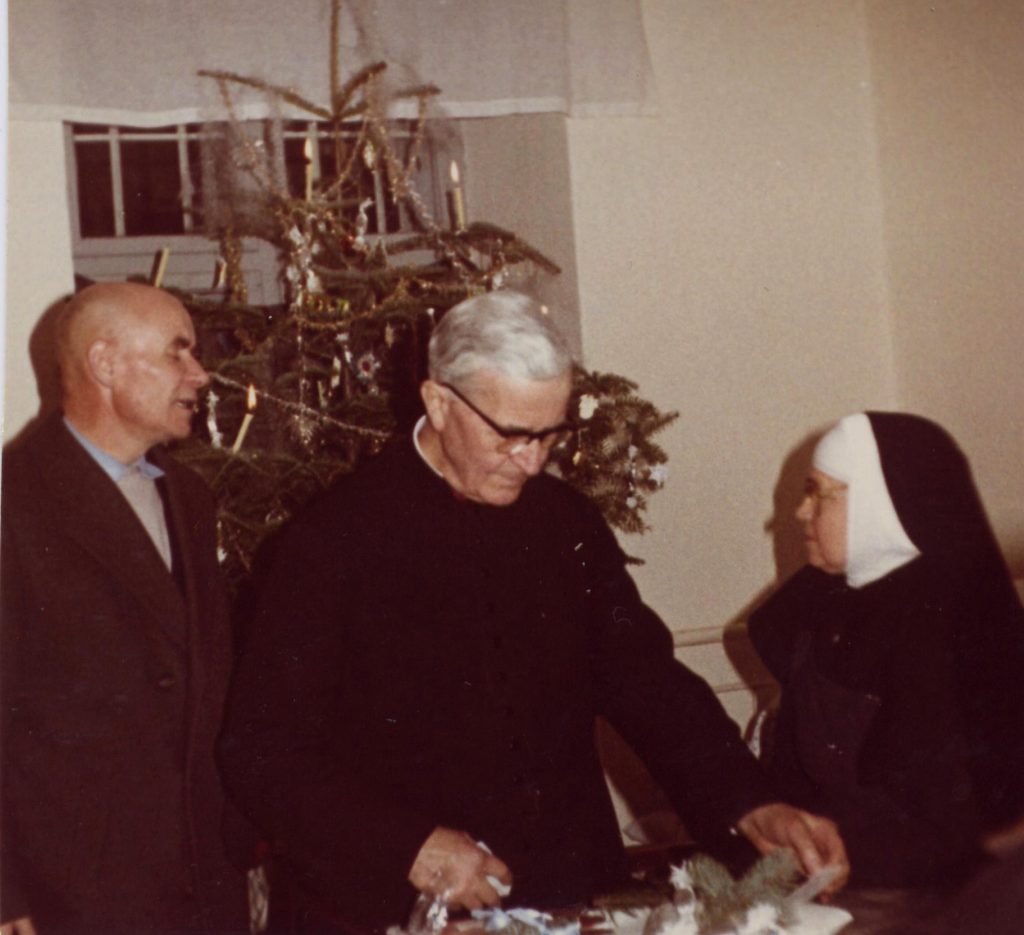
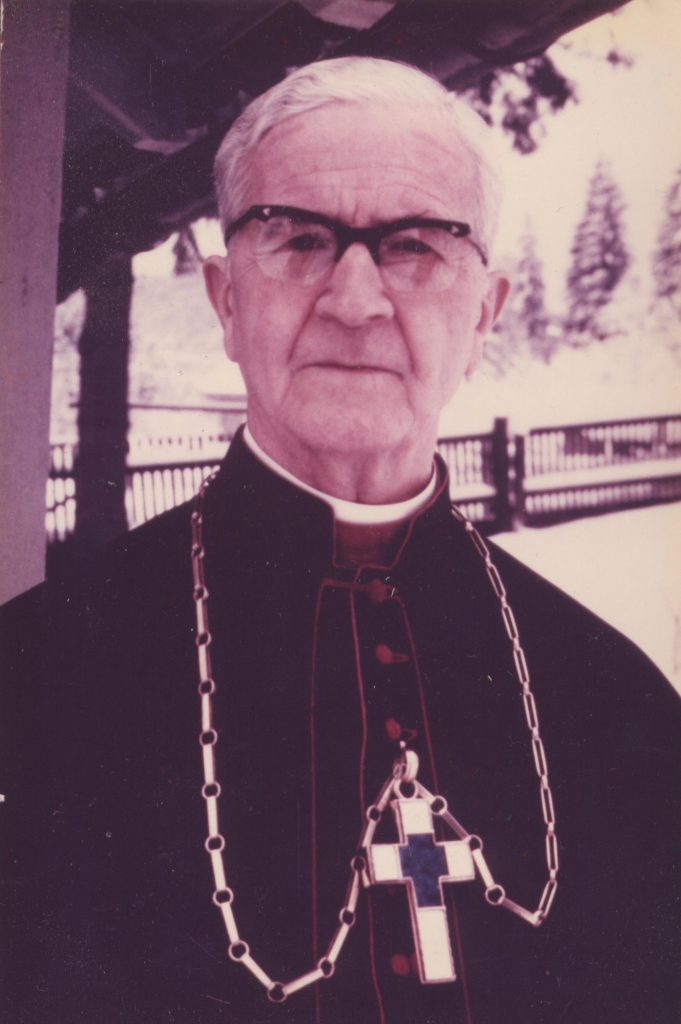
Bishop Schubert, January 1, 1966, in his exile at Timisul monastery. The pectoral cross went to Mons. Baltheiser and since about 1985 was worn by Bishop Emil Riti. Since 1990 it is in Austria.


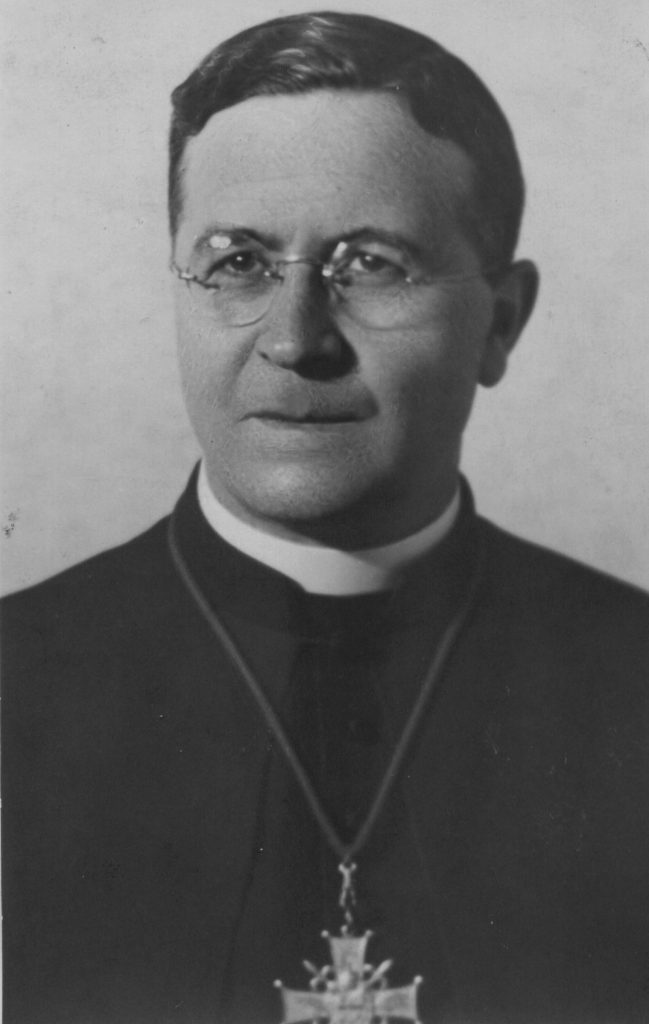


All photos, some of them were never published before, are belonging to the private property of the late Bishop’s family. His grand-nephew Christoph Schubert, Kornwestheim, kindly allowed the usage. The biographical data were taken from Romániai katolikus, erdélyi protestáns és izraelita vallási Archontológia by Archbishop Jakubínyi. The here firstly in extracts published letters are coming from Archbishop Heim’s left Swiss heritage.